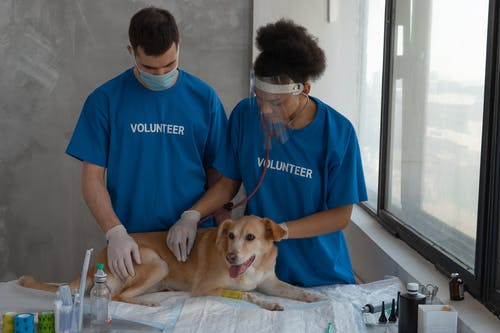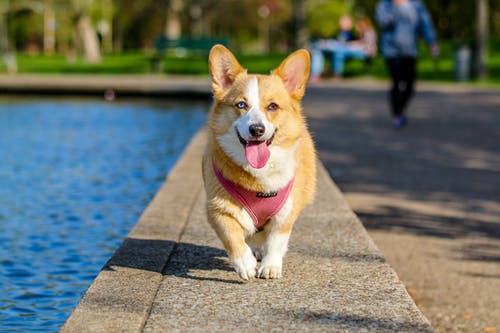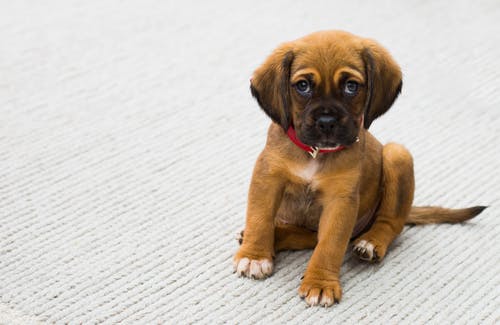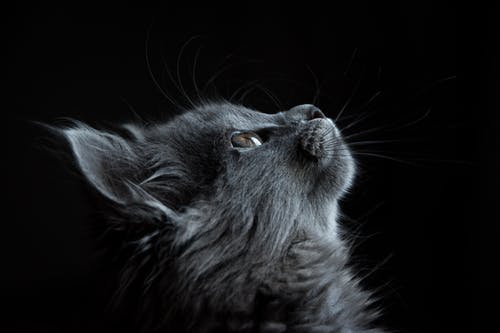Jaw Fractures in Cats: Symptoms and Treatments
The lower jaw is formed by the mandible, which holds the lower teeth in position, while the upper jaw is formed by the maxilla, which holds the upper teeth in place. Trauma and injuries are the leading causes of cats’ upper jaw and lower jaw fractures.
Although many types of trauma are commonly responsible for upper and lower jaw fractures, certain risk factors, such as oral infections and congenital or inherited abnormalities resulting in a weakened or malformed jaw, may predispose a cat to the fractures.
What are upper and lower jaw fractures?
Both upper and lower jaw fractures are excruciatingly painful for cats. Jaw fractures are almost as frequent in cats as it is in dogs. We generally notice them after a fight or a collision with a stationary object. When we see a cat with a jaw fracture, we commonly find that they have a severe periodontal condition, which has eaten away at the underlying bone, resulting in disastrous results even from a slight injury. Jaw fractures necessitate advanced pet dental care.
Since it is made up of two fused bones, the lower jaw has more deterioration than the upper jaw. A cat suffering from a jaw fracture could suffer other serious injuries such as pierced lungs or a diaphragm. When a cat’s jaw is subjected to blunt force trauma, upper and lower jaw fractures are common. This can result in fractures in the mandible (lower jaw) or the maxilla (upper jaw).
What are the symptoms of jaw fractures?
Some upper and lower jaw fractures, particularly in the maxilla, might be difficult to see but require immediate medical attention. The most common symptoms are swelling in the afflicted area, loss of symmetry in the lower jaw, and perhaps missing teeth. Other symptoms for both upper and lower jaw fractures are listed below.
- A mouth that hangs open or refuses to shut
- Drooling exceedingly
- Food aversion or reluctance
- Misaligned jaw
- The mouth is bleeding.
- Wounds around the mouth
What are the treatments?
A comprehensive animal hospital offers various treatment care; you may visit websites like www.coralbreeze.com if you want reputable facilities. Treatment for jaw fractures in cats is very dependent on the type of fracture that has occurred. The following are the most common treatments:
External Immobilization
A muzzle is used to bind the affected bones once they have been appropriately positioned. This is sometimes all that is required in less complex fractures. For this purpose, a commercially made mouth muzzle or medical tape is used rather than a conventional metal muzzle.
Interarcade Wiring
This technique often treats a cat with a simple mandibular body fracture. The jaw is virtually wired shut to limit movement and promote ideal alignment. During recovery, the cat can only drink liquids and eat pureed meals. The wire must be removed at a postoperative visit before the mouth can function normally again.
Interdental Wiring
A wire is inserted between the teeth, and an acrylic splint is applied to the fracture line. This is a non-invasive procedure, and the wires will be removed at a later veterinarian visit. Once the jaw has healed, the wires can be removed from the cat’s mouth.
Internal Reduction
To hold bone parts together, surgeons use bone plates and screws. Postoperative treatment is minimal. Temporomandibular joint luxations are frequently treated with this method (complete joint dislocation).
Partial or Full Mandibulectomy
If your cat’s jaw is broken beyond repair or there is a tumor, a mandibulectomy (jaw amputation) may be recommended as a last alternative to preserve their life. After the surgery, the patient stays in the hospital for a night. You may opt to have a pet medical boarding service for a couple of days to ensure proper post-op care. Some cats may refuse to feed for the rest of their lives after this procedure.
Jaw Surgery Aftercare
Remember that fracture treatment is just one facet of the care required while the fracture heals. Your vet will provide comprehensive information on caring for your pet at home. Additionally, the veterinarian will describe how to feed your pet, medicines, intraoral splint maintenance, and suggested activities.
Feeding Instructions
While their jaw fracture heals, veterinarians encourage their patients to eat a soft diet. Chomping on hard food, chewing toys, or other goodies causes the muscles that move the jaws to exert more effort. Some individuals with jaw fractures require a feeding tube through which they can receive liquified food through a syringe.
Physical Activity
Any behaviors that put unnecessary tension on the fracture site, including running, jumping, or playing, can impair recovery just as much as chewing on hard kibble. Although movement and exercise are crucial, we advise against engaging in high-impact activities. After a jaw fracture, home care can be complex; however, it is only a moment in time. The faster your cat heals, the sooner he can get back out and play.








